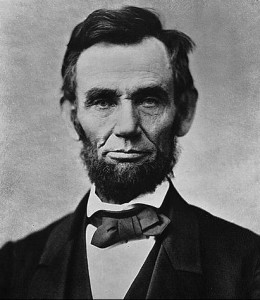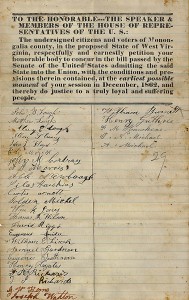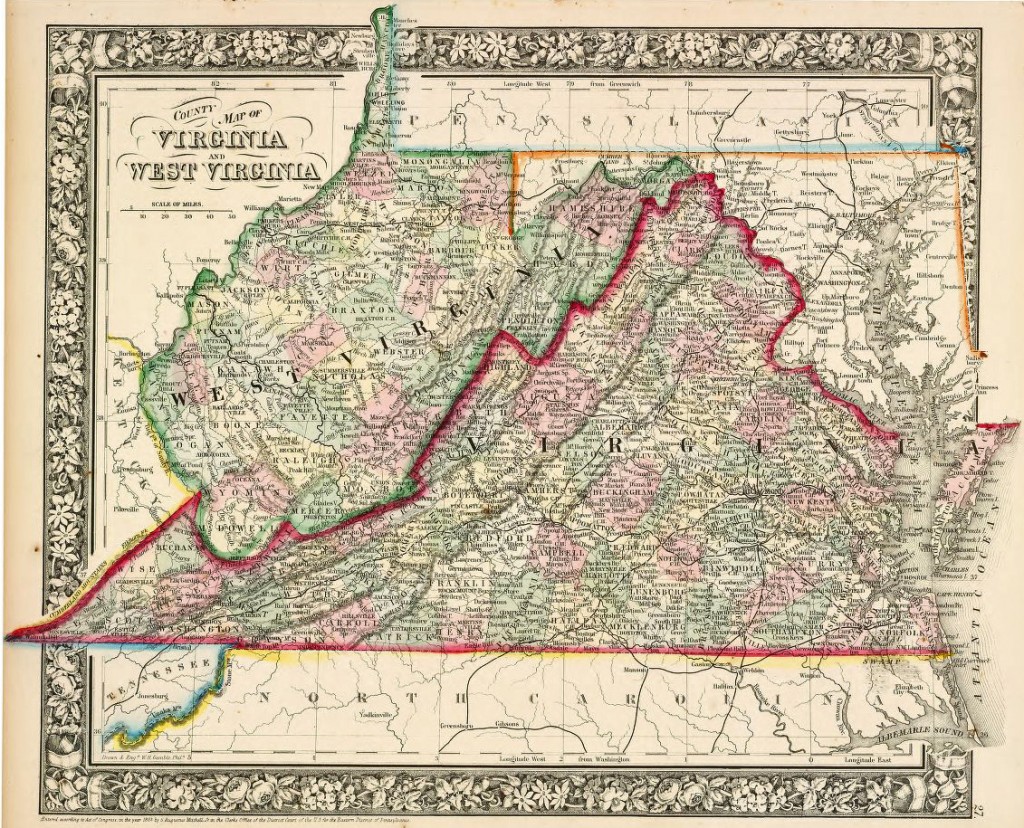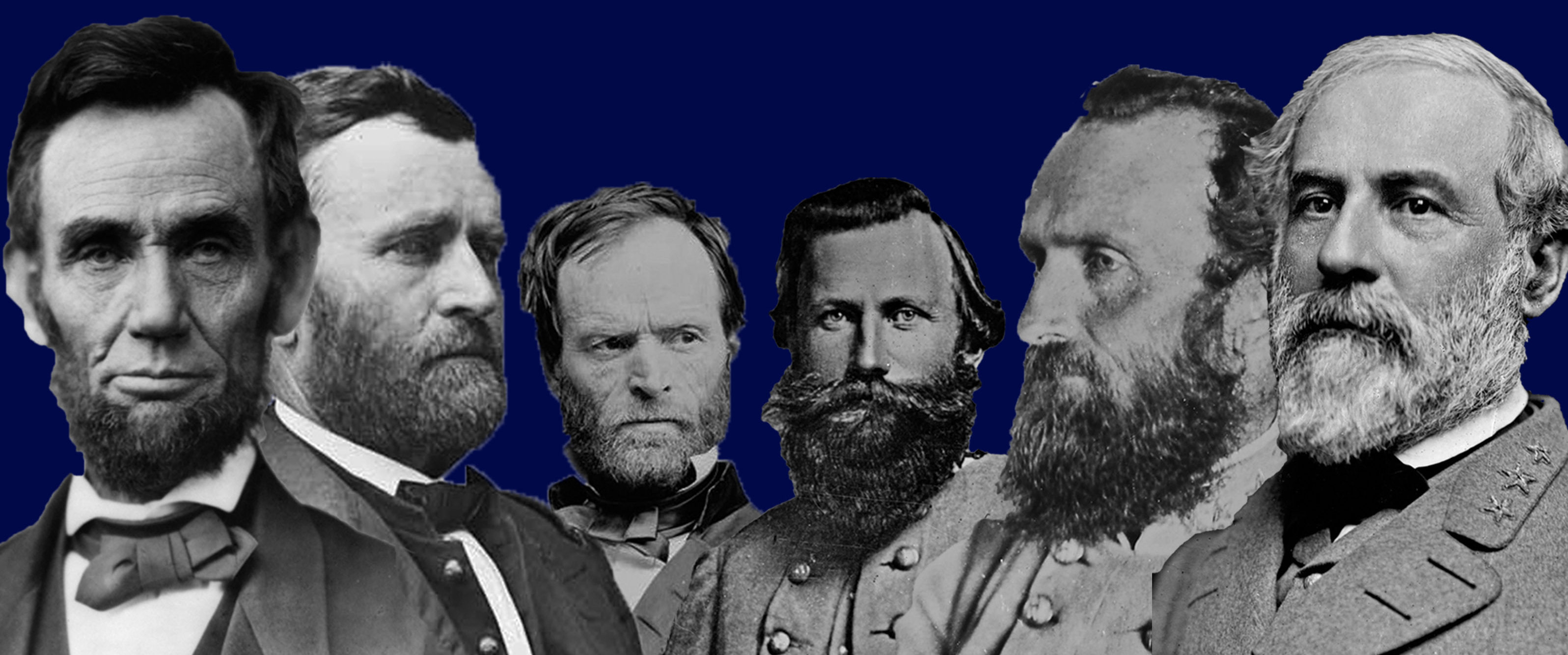
Library of Congress
On April 20, 1863, President Abraham Lincoln signed a proclamation, effective in sixty days, admitting West Virginia into the Union as the 35th state. Formation of the state, however, had required some creative legal maneuvering around the Constitution of the United States.
West Virginia was created from the northwestern counties of the Commonwealth of Virginia; but according to Article IV, Section 3 of the Constitution: “…no new states shall be formed or erected within the jurisdiction of any other state; nor any state be formed by the junction of two or more states, or parts of states, without the consent of the legislatures of the states concerned as well as of the Congress.” So, how did the legislature of Virginia, which had seceded from the Union, consent to West Virginia being formed from its territory? It didn’t – well, at least the one in Richmond didn’t.
After Virginia passed its ordinance of secession in 1861, representatives in the western counties of Virginia held their own convention in Wheeling, (West) Virginia where they declared themselves to be the “Restored Government of Virginia” based on their loyalty to the United States of America. The delegates elected a new governor, lieutenant governor, and attorney general, while also selecting individuals to assume the congressional seats Virginia had vacated in Washington, DC. Thus recognized by the federal government as the legal authority of the state, the Restored Government of Virginia gave itself permission to form the state of West Virginia from of its own territory.

National Archives
A West Virginia statehood bill was subsequently approved by both the U.S. House of Representatives and U.S. Senate in late 1862. The measure actually admitted West Virginia into the Union as a slave state – under the provision of gradual emancipation. Lincoln carefully included in his final Emancipation Proclamation a clause excluding the portion of Virginia that contained the “forty-eight counties designated as West Virginia….”
Before signing the statehood bill, Lincoln struggled with the constitutionality of the act and asked for each member of his cabinet to convey an opinion on the matter in writing. It was a split decision – three cabinet members supported the measure and three opposed it. Lincoln eventually signed the bill on December 31, 1862, skillfully expressing his own support in a memorandum at the time:
The division of a State is dreaded as a precedent. But a measure made expedient by a war, is no precedent for times of peace. It is said that the admission of West-Virginia, is secession, and tolerated only because it is our secession. Well, if we call it by that name, there is still difference enough between secession against the constitution, and secession in favor of the constitution.
With enactment of the bill, the last step to statehood was for the people of West Virginia to ratify a revised state constitution allowing the gradual emancipation of slaves within its territory. After the citizens of the new state overwhelmingly voted in favor of the document in March 1863, Lincoln issued his proclamation:
By the President of the United States of America
A Proclamation
Whereas by the act of Congress approved the 31st day of December last the State of West Virginia was declared to be one of the United States of America, and was admitted into the Union on an equal footing with the original States in all respects whatever, upon the condition that certain changes should be duly made in the proposed constitution for that State; and
Whereas proof of a compliance with that condition, as required by the second section of the act aforesaid has been submitted to me:
Now, therefore, be it known that I, Abraham Lincoln, President of the United States, do hereby, in pursuance of the act of Congress aforesaid, declare and proclaim that the said act shall take effect and be in force from and after sixty days from the date hereof.
In witness whereof I have hereunto set my hand and caused the seal of the United States to be affixed.
Done at the city of Washington, this 20th day of April, A. D. 1863, and of the Independence of the United States the eighty-seventh.
ABRAHAM LINCOLN.
By the President:
WILLIAM H. SEWARD,
Secretary of State.

Library of Congress







God Bless the great state of WestVirginia now and forever